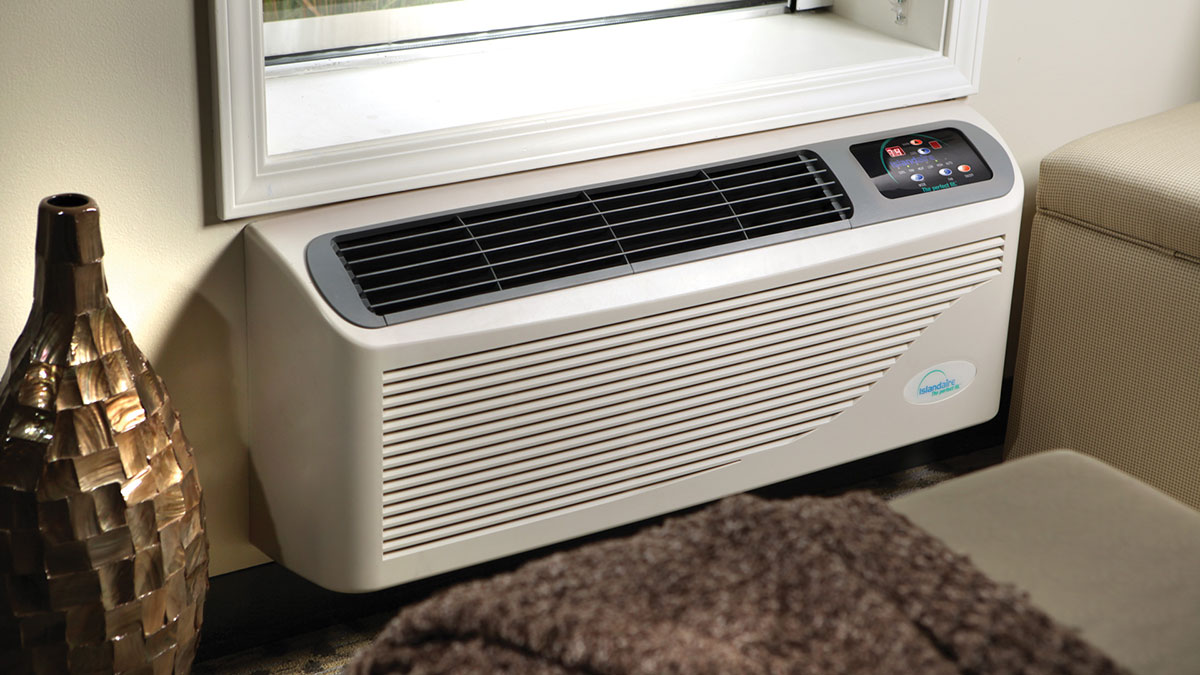As the summer months approach, many individuals and businesses rely on PTAC (Packaged Terminal Air Conditioner) units to cool their spaces efficiently. While PTAC units offer numerous benefits, including localized temperature control and ease of installation, they can also become a breeding ground for mold if not properly maintained. Here, we will explore the causes of mold in PTAC units, the associated risks, and effective strategies for prevention.
Understanding PTAC Units
PTAC units are self-contained heating and cooling systems commonly found in hotels, apartments, offices, and other small spaces. They consist of an indoor unit mounted through a wall and an outdoor unit that expels heat. These units use a refrigerant system to cool the air and maintain a comfortable indoor environment.
Causes of Mold in PTAC Units
- Moisture Buildup: Condensation is a common occurrence in PTAC units due to the temperature differences between the indoor and outdoor air. When condensation forms inside the unit, combined with the presence of dust and debris, it creates an ideal environment for mold growth.
- Improper Maintenance: Neglecting routine maintenance tasks such as cleaning filters, coils, and drain pans can lead to mold formation. Accumulated dirt and debris create a breeding ground for mold spores, which can then circulate throughout the room when the unit is operational.
Risks of Mold in PTAC Units
- Health Effects: Mold can trigger allergic reactions and respiratory problems in individuals who are sensitive or allergic to mold spores. Symptoms may include coughing, wheezing, nasal congestion, throat irritation, and eye irritation. Prolonged exposure to mold can exacerbate existing respiratory conditions or lead to the development of new ones.
- Indoor Air Quality: Mold growth in PTAC units can compromise indoor air quality. As the unit circulates air, mold spores can be dispersed throughout the room, potentially affecting the overall health and comfort of occupants.
Prevention Strategies
- Regular Maintenance: Establish a maintenance schedule for PTAC units, including cleaning or replacing air filters, inspecting coils, and clearing drain pans. Regular maintenance reduces the likelihood of mold growth and ensures optimal performance.
- Proper Drainage: Ensure that the unit’s drainage system is functioning correctly and free from blockages. If the drain line becomes clogged, water can accumulate and promote mold growth. Regularly check and clean the drain line to prevent moisture buildup.
- Adequate Ventilation: Proper ventilation is crucial in preventing mold growth. Ensure that the area around the PTAC unit is clear and unobstructed, allowing for sufficient airflow. Additionally, keep doors and windows properly sealed to prevent excess humidity from entering the space.
- Humidity Control: Use a dehumidifier in areas prone to high humidity levels. By reducing moisture in the air, you can inhibit mold growth. Monitoring and maintaining indoor humidity levels between 30% and 50% is generally recommended.
- Professional Inspections: Periodically enlist the services of HVAC professionals to inspect PTAC units for any underlying issues and ensure proper functioning. They can identify potential mold problems and provide appropriate solutions.
Mold growth in PTAC units can pose health risks and compromise indoor air quality. Understanding the causes of mold formation, the associated risks, and implementing preventive measures is crucial in maintaining a healthy environment. By following regular maintenance routines, promoting adequate ventilation, and controlling humidity levels, you can significantly reduce the likelihood of mold growth in PTAC units and enjoy clean, comfortable air throughout your space.
If you have are feeling symptoms related to mold, give us a call today to discuss an inspection.

